15 Ways to Enhance the Flavor of Any Dish Without Extra Salt

Enhancing the flavor of your dishes without relying on extra salt can be an exciting culinary adventure. By exploring a variety of unique and traditional methods, you can add depth and excitement to your meals. From incorporating unexpected ingredients to experimenting with cooking techniques, these tips will help you make delicious, memorable dishes that are both healthy and satisfying.
1. Zesty Citrus Zing

Citrus fruits offer a bright, tangy way to enhance flavors without salt. Adding a squeeze of lemon or lime can enhance fish, chicken, or vegetable dishes, providing a fresh taste. The acidity in citrus fruits acts as a natural flavor enhancer, breaking down proteins and softening vegetables. When grilling, try marinating your meats in orange juice to add a subtle sweetness and complexity. For a quick fix, zest a bit of lemon over salads or pasta for an aromatic finish. This method is simple yet effective, making it a versatile tool in any kitchen. Experimenting with different citrus varieties can lead to surprising flavor discoveries.
2. Aromatic Herb Fusion

Herbs are nature’s way of adding depth to dishes. Fresh herbs like basil, rosemary, and thyme provide rich, aromatic notes that can transform bland meals. Use rosemary with roasted potatoes or blend basil into a pesto for pasta. Herbs can be used dried or fresh, but fresh herbs tend to offer a more intense flavor. Mint can be an unexpected addition to savory dishes, like lamb or salads, offering a refreshing twist. Muddling herbs in oil or butter before cooking allows their flavors to infuse throughout the dish. Testing out combinations like cilantro and parsley can lead to unique, satisfying tastes.
3. Spicy Pepper Heat
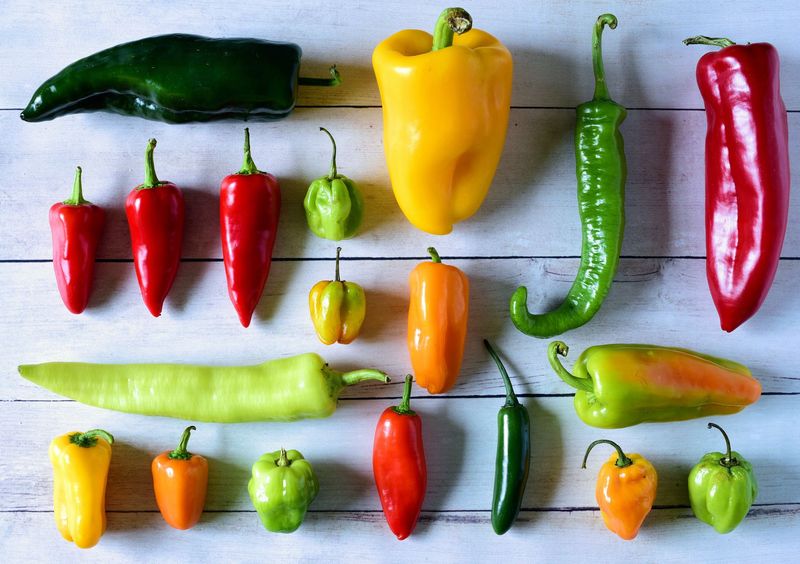
Peppers add heat and excitement to dishes without the need for salt. From mild bell peppers to fiery chilies, they can be used in many ways. Roasting peppers brings out their natural sweetness, excellent for sauces or toppings. Dried chili flakes can provide a kick to soups or stews, while fresh jalapeños make salsas and guacamoles pop. Balancing heat with other flavors is key, so consider pairing spicy peppers with sweet or sour ingredients. Experiment with different types of peppers to find the level of heat that suits your palate. This approach adds a bold dimension to any dish.
4. Umami Mushroom Magic
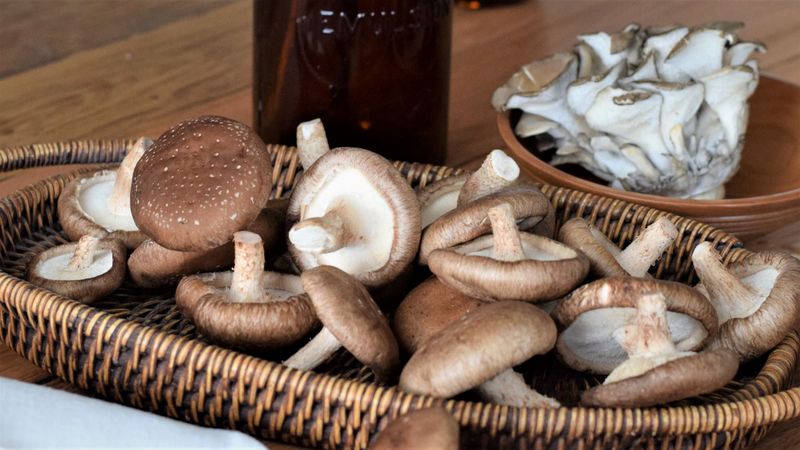
Mushrooms are a powerhouse of umami, the savory taste that enhances flavors. Incorporating mushrooms into your cooking can add depth and richness without salt. Cook mushrooms with garlic and onions for a hearty pasta topping or stir them into risottos. Dried mushrooms, like porcini, can be rehydrated and used to make flavorful broths. The earthiness of mushrooms pairs well with meats and vegetables alike. For an inventive twist, try grilling mushrooms with a splash of balsamic vinegar. This can bring out their natural flavors and make a satisfying dish. Playing with different mushroom varieties can open up a world of culinary possibilities.
5. Fermented Flavor Boost
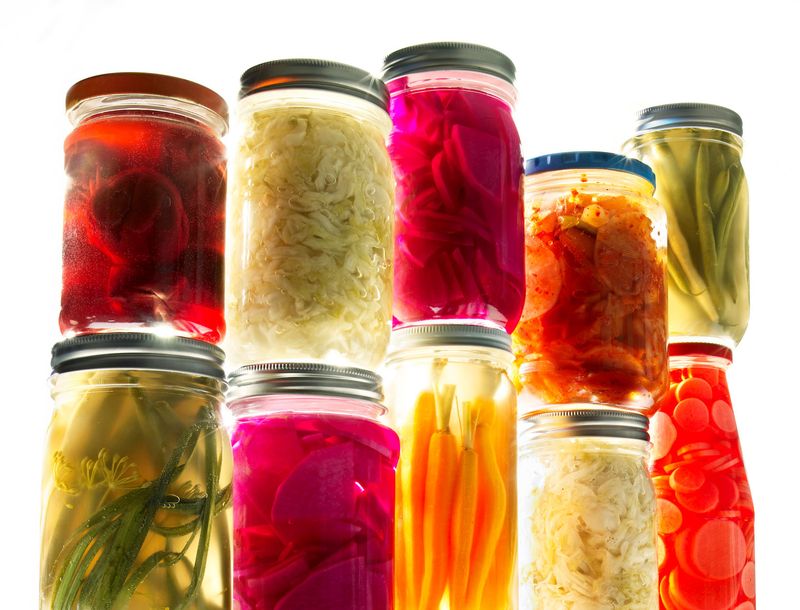
Fermented foods are packed with complex flavors that enhance dishes naturally. Incorporating items like kimchi or sauerkraut can add tang and zest to meals. Fermentation develops umami and sour notes, offering a distinctive, lively taste. Try adding a spoonful of kimchi to fried rice or a sandwich for an instant flavor lift. Sauerkraut can complement meat dishes or serve as a unique topping for salads. The fermentation process also offers probiotic benefits, supporting digestive health. When cooking with fermented foods, a little goes a long way. Explore different fermented products to find ones that suit your culinary style.
6. Nutrient-Rich Seaweed

Seaweed offers a unique, oceanic taste that can enhance dishes in unexpected ways. Nori sheets can be crumbled over salads or used as a garnish for soups. The umami-rich flavor of seaweed complements fish dishes beautifully and can even be used in vegetarian meals. Wakame seaweed can be added to miso soup or mixed into rice dishes for additional texture and taste. Seaweed is nutrient-rich, providing valuable minerals like iodine, making it a healthy addition to meals. Experimenting with various types of seaweed allows you to discover new flavor profiles. This can lead to delightful, savory culinary experiences.
7. Creamy Avocado Delight
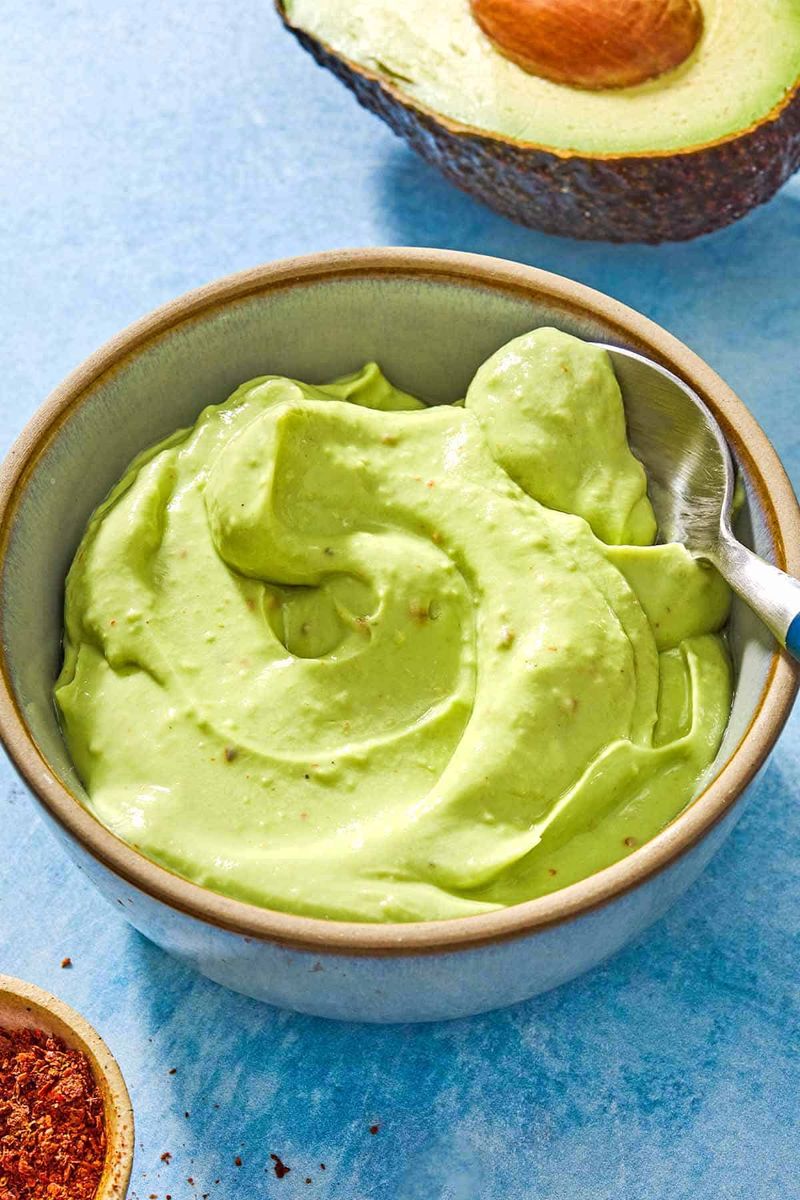
Avocados bring a creamy, rich texture to dishes that can substitute for salt. Their subtle taste enhances ingredients around them, making them excellent for spreads, salads, or toppings. Try mashing avocados with lime and cilantro for a zesty guacamole or slicing them over toast with a sprinkle of chili flakes. Avocados’ healthy fats provide a satisfying mouthfeel, making them ideal for creamy soups or sauces. Blending them into dressings can add a velvety texture without needing heavy cream. This versatile fruit can be paired with a variety of ingredients, offering endless culinary possibilities. It’s a delicious way to enjoy your meals.
8. Crunchy Nutty Textures

Nuts add crunch and depth to dishes, enhancing flavor through texture. Chopped almonds or walnuts can bring a nutty, rich taste to salads or vegetable dishes. Toasting nuts releases their oils, intensifying their flavor, and makes them a great addition to oatmeal. Incorporating nut butters, like almond or cashew, into sauces or dressings can provide a creamy, savory element. Be mindful of balancing nuts with other flavors to avoid overpowering the dish. Nuts also offer healthy fats and protein, making them a nutritious choice. Playing with different nut varieties can lead to exciting, flavorful meals.
9. Fragrant Spice Medley
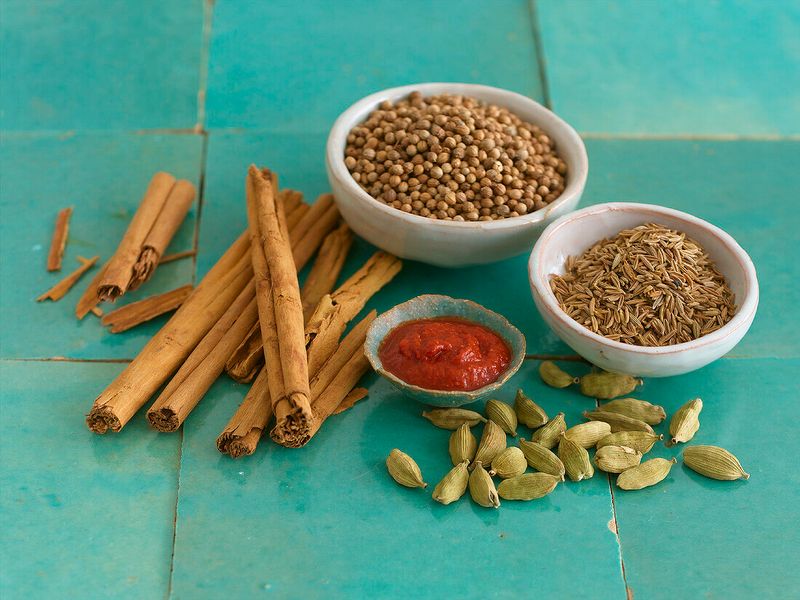
Spices are essential for enhancing flavors without salt. A well-chosen spice blend can add warmth and complexity to any dish. Consider using cinnamon for a hint of sweetness in savory dishes or cardamom for an exotic twist in curries. Toasting spices before cooking releases their essential oils, maximizing their aroma and taste. Cumin can be a fantastic addition to roasted vegetables or meat rubs, adding a rich, earthy flavor. Balancing spices with other ingredients is crucial for a harmonious dish. Experimenting with spice combinations can lead to unique flavor profiles, enjoy your culinary meals.
10. Sweetened Fruit Touch

Fruits offer a natural sweetness that can enhance savory dishes in unexpected ways. Adding figs or dates to meat stews can make a sweet contrast, giving the dish a complex flavor profile. Apricots can be used in marinades for chicken, adding both sweetness and acidity. Cooking fruits gently helps retain their natural sugars, making them excellent for sauces or glazes. Incorporating dried fruits into grain salads or couscous can add texture and taste. This approach can surprise and delight, meaking memorable meals. Pairing fruits with spices like cinnamon or cloves can further deepen their flavor impact.
11. Rich Garlic Infusion
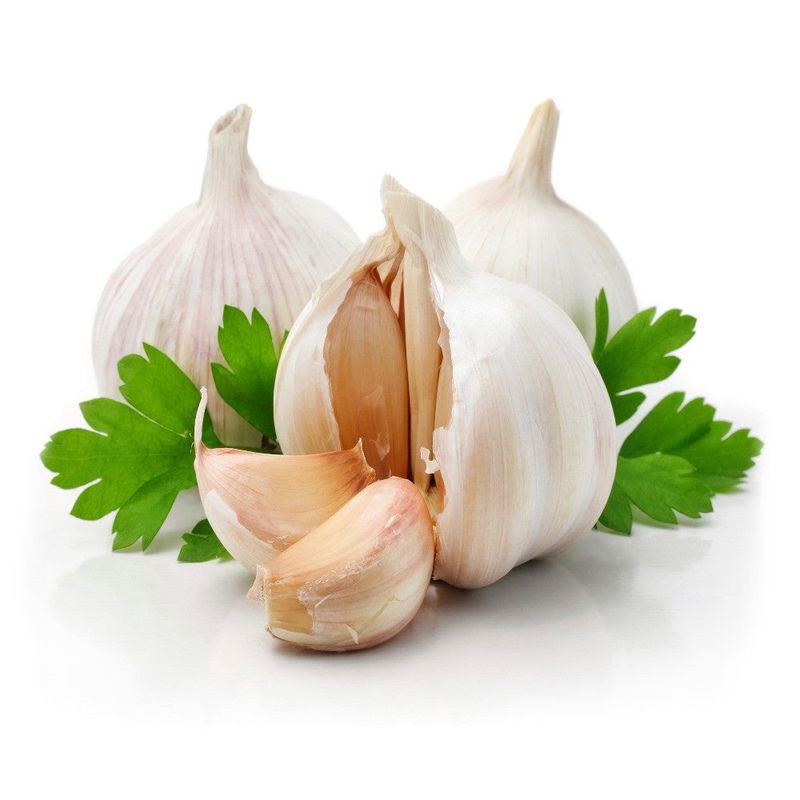
Garlic is a versatile ingredient that adds depth and richness to any dish. When crushed and cooked, it releases its natural oils and transforms the simplest ingredients into a mouthwatering experience. You can experiment with roasting whole garlic bulbs for a milder, sweeter flavor. The aroma of garlic as it cooks is enough to stimulate appetite. A little goes a long way, so consider adding it to sauces, soups, or marinades. To avoid overpowering other flavors, balance its intensity with complementary ingredients like lemon or herbs.
12. Savory Cheese Accent
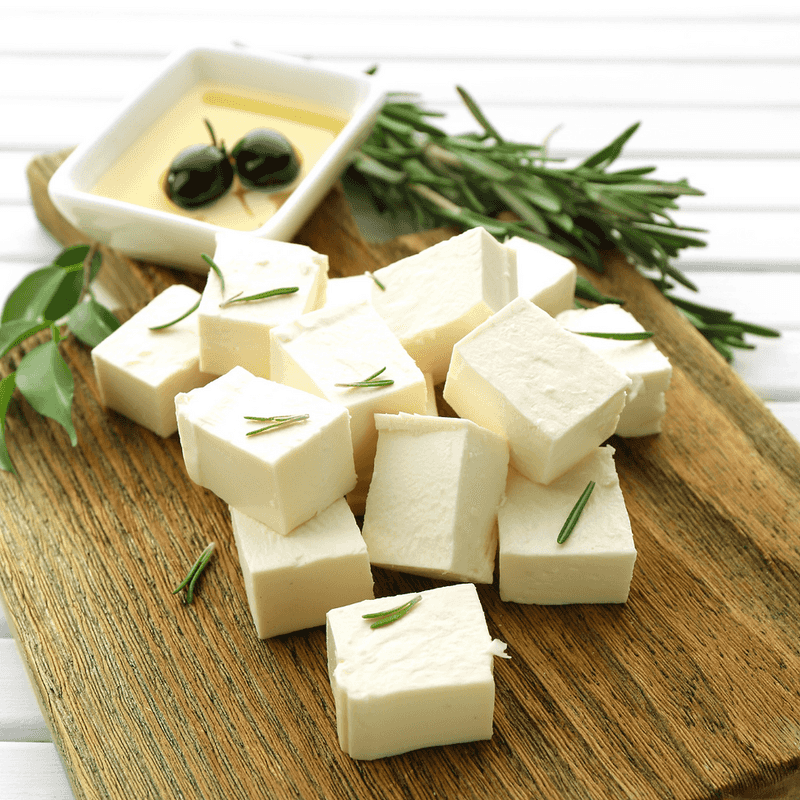
Cheese offers a savory boost, adding richness and depth to dishes. A sprinkle of blue cheese or feta can enhance salads, pastas, or omelets. Cheese’s umami content provides a satisfying, savory taste that complements a variety of ingredients. Aged cheddar can be grated over vegetables or baked into casseroles for added flavor. Experimenting with different cheese types can bring unique tastes to your dishes. Balancing cheese with other flavors is key to avoid overpowering the dish. Cheese not only adds flavor but also texture, making it a versatile ingredient in many dishes .
13. Bold Coffee Infusion

Coffee is a surprising way to deepen flavors in savory dishes. Its rich, bitter notes can complement meats and stews, adding a unique complexity. Try using brewed coffee as a marinade base for beef, or add a hint of espresso to chili for a robust taste. Coffee grounds can also be used as a dry rub or in sauces for an unexpected twist. The intense flavor of coffee requires careful balancing with other ingredients to avoid overpowering the dish. This unconventional approach can lead to intriguing culinary meals, offering a new way to experience familiar flavors.
14. Floral Essence Touch

Edible flowers can add a delicate, floral note to dishes, enhancing flavors subtly. Lavender can infuse gentle aroma, while rose petals can add a romantic essence to desserts or salads. Violets can be used to garnish cocktails or light meals, offering a visual and flavor appeal. The key with flowers is to use them sparingly, as their flavors can be overpowering. Infusing syrups or honey with floral essences can also add a sweet, aromatic touch to dishes. Exploring different edible flowers can lead to delightful flavor combinations, adding a touch of elegance to your meals.
15. Exotic Coconut Twist

Coconut can introduce a creamy, tropical flavor to dishes without salt. Coconut milk is ideal for curries, providing a rich, smooth texture and subtle sweetness. Shredded coconut can be used in baking or as a topping for salads, adding a crunchy element. Coconut oil can replace butter or other fats, offering a light, aromatic quality to your cooking. The versatility of coconut means it can be used in both sweet and savory dishes, from soups to desserts. Trying out different coconut products can lead to exciting, flavorful dishes.
